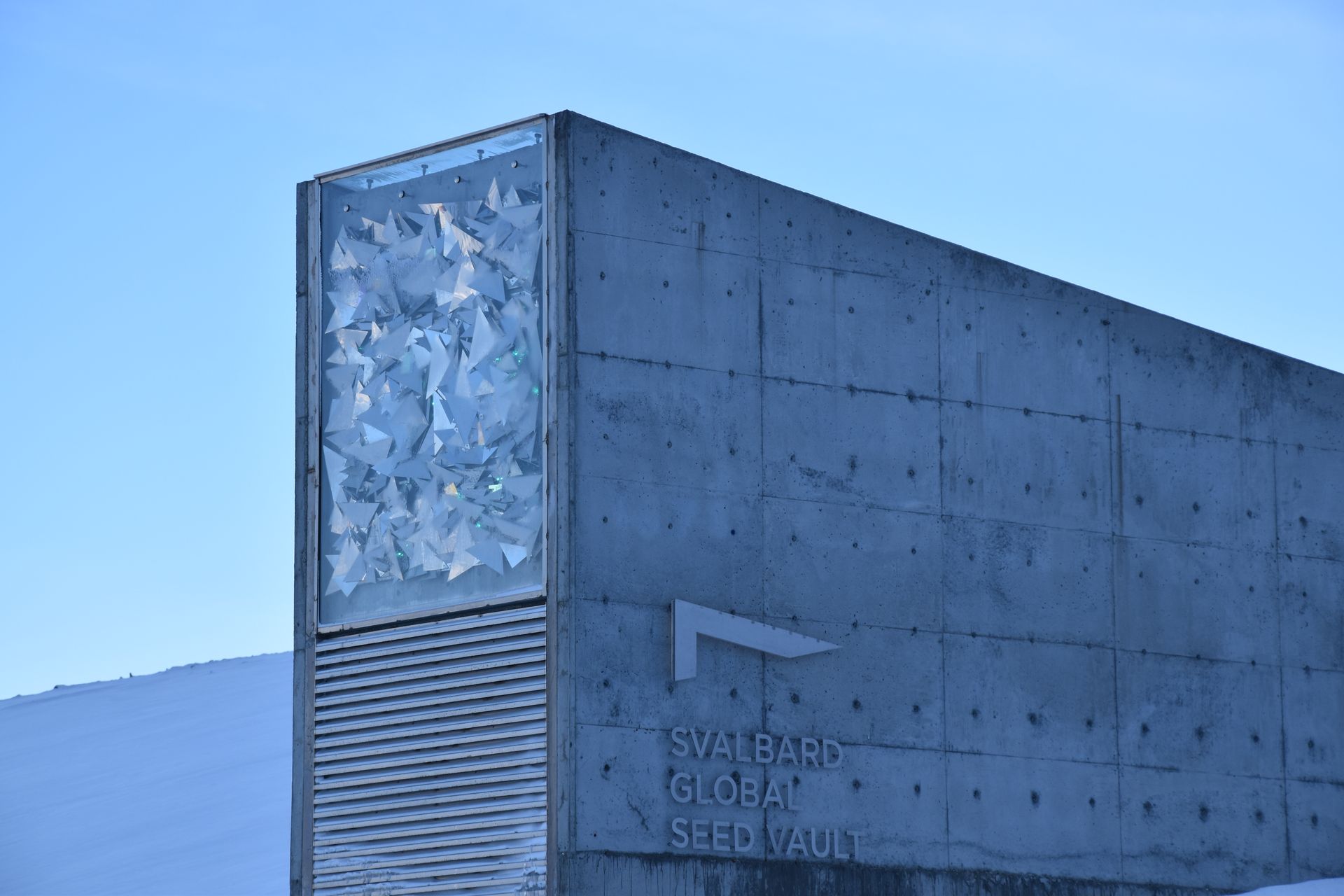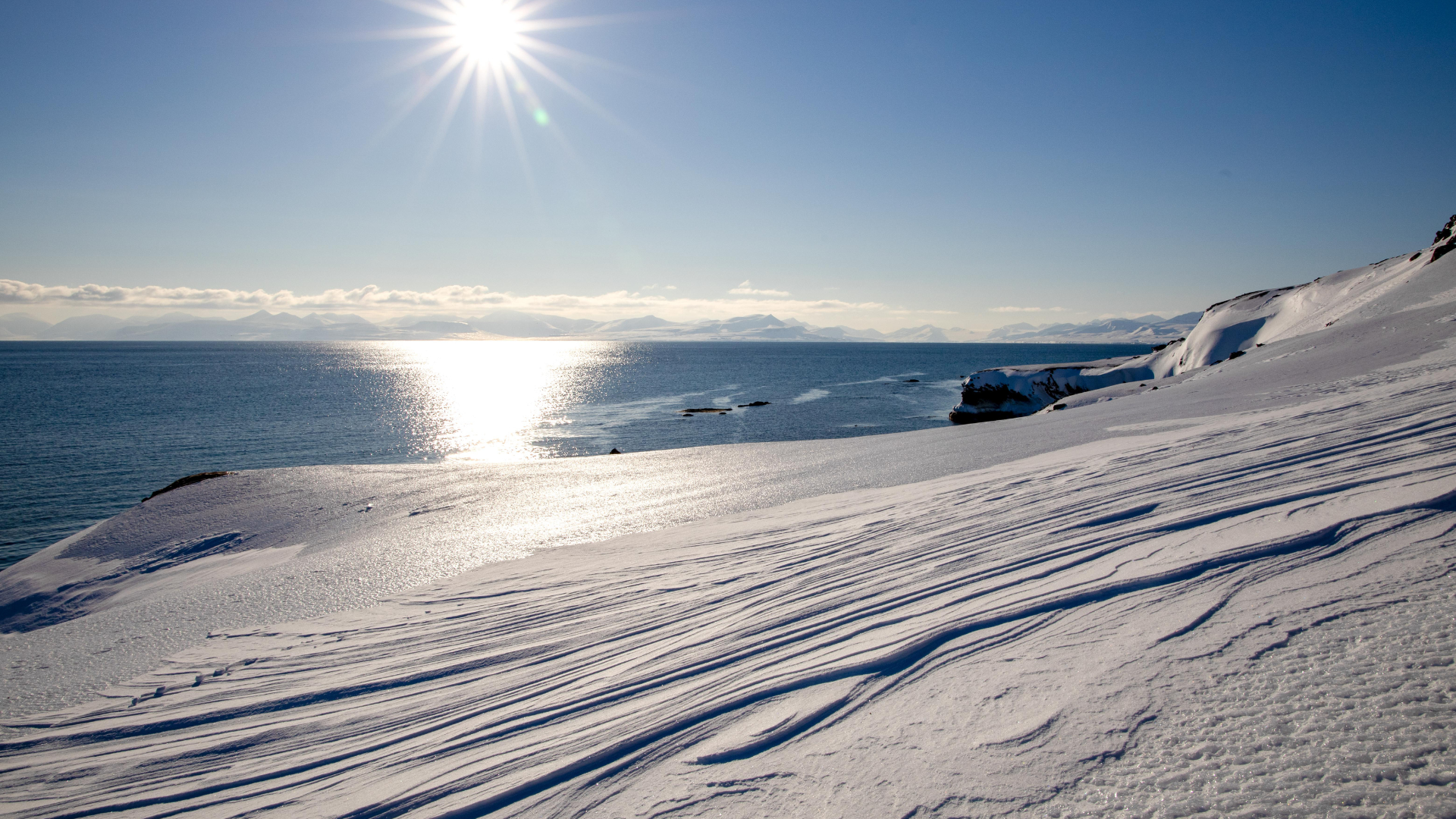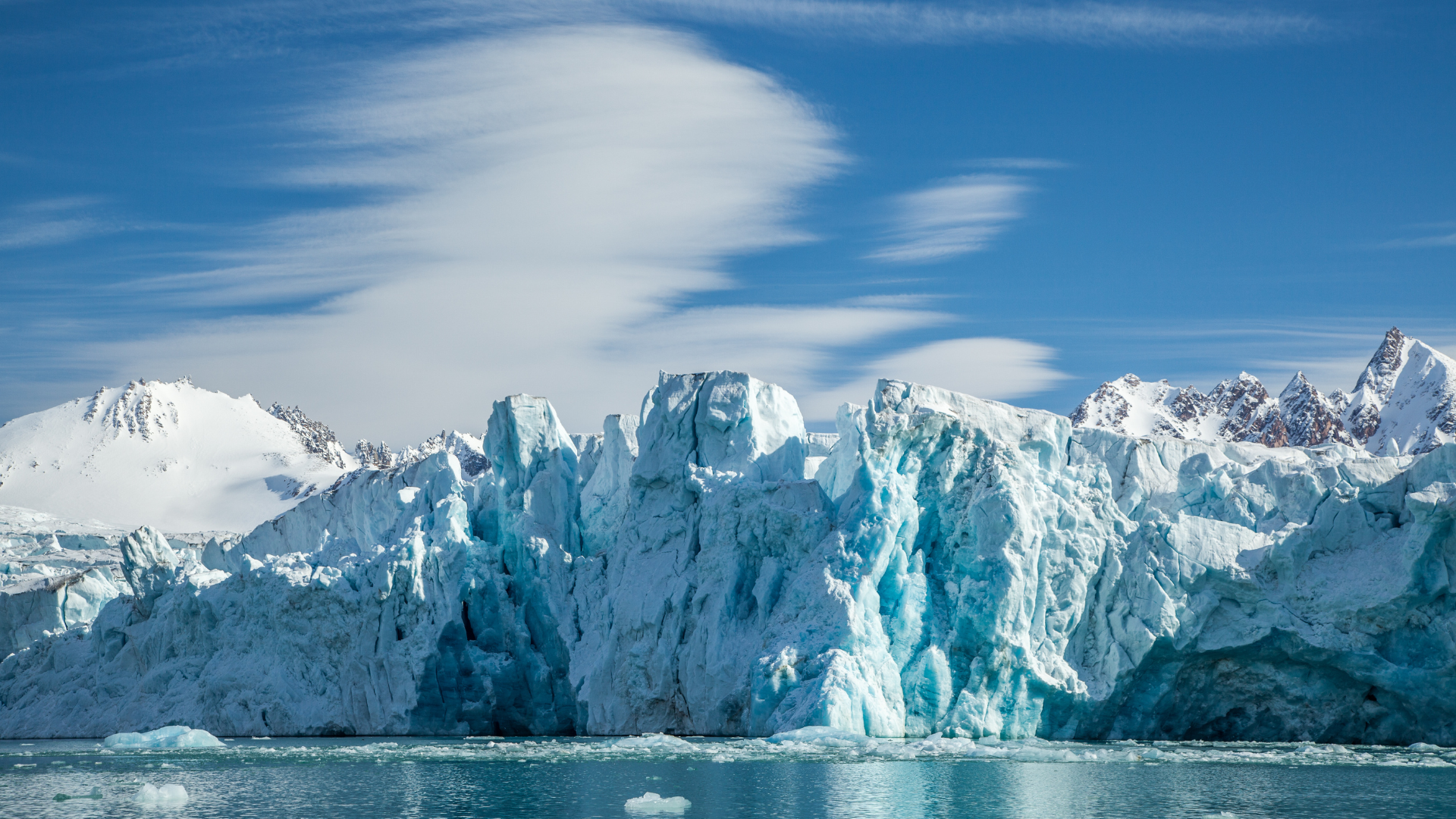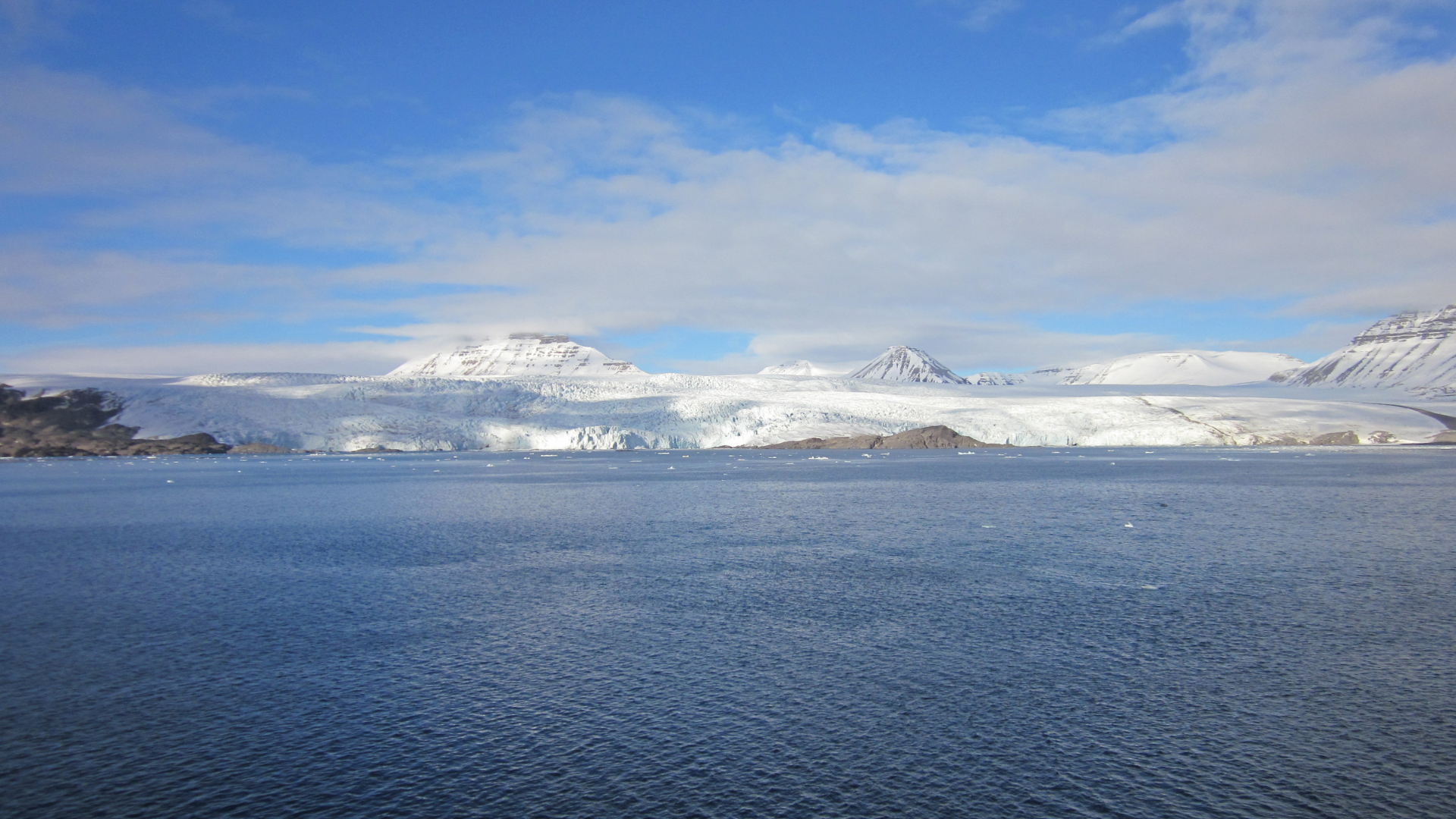Svalbard's Hidden Gem: Exploring the Arctic Paradise of Longyearbyen
Tucked away in the remote reaches of the Arctic Ocean lies the archipelago of Svalbard, an enchanting destination that promises a truly unique and unforgettable adventure. While Svalbard as a whole offers remarkable natural wonders and breathtaking landscapes, there is one place that stands out among the rest: Longyearbyen. This vibrant and charming town serves as the gateway to the Arctic and offers an abundance of attractions and activities for intrepid travelers. Join us as we uncover the best reasons to visit Longyearbyen, the best place to experience the wonders of Svalbard.

History and Purpose
The Svalbard Global Seed Vault was opened on February 26, 2008, and is operated by the Norwegian government in partnership with the Crop Trust and the Nordic Genetic Resource Center. The facility's purpose is to provide long-term storage for seeds from various countries, ensuring that vital genetic diversity is preserved for future generations.
Location and Design
The Seed Vault is situated on Spitsbergen, the largest island in the Svalbard archipelago. The region's cold climate and permafrost provide natural insulation and help maintain the seeds at optimal storage temperatures. The vault itself is located inside a mountain near the town of Longyearbyen and is constructed to withstand natural and human-made disasters.
Storage and Security
The vault's interior is kept at a consistent temperature of approximately -18 degrees Celsius (-0.4 degrees Fahrenheit) to preserve the seeds. The facility's design includes three large chambers, but only one is currently in use. Each chamber can hold approximately 1.5 million seed samples, allowing for significant future expansion.
The seeds are stored in sealed packages on shelves and belong to the countries or organizations that deposit them. Depositors retain ownership and have exclusive access to their samples. The Seed Vault operates as a backup facility, so it only distributes seeds back to the original depositors in cases of emergencies or losses at primary seed banks.
Seed Diversity and Depositors
As of now, the Seed Vault houses more than 1.1 million seed samples from nearly every country in the world, representing a diverse range of crops such as rice, wheat, corn, beans, and many others. The seeds are contributed by various seed banks, research institutions, and governments.
Importance of the Seed Vault
- Genetic Preservation: The vault ensures the conservation of genetic material necessary for crop breeding and adaptation to changing climates and environments.
- Global Collaboration: The facility symbolizes international cooperation and commitment to food security and biodiversity.
- Insurance Policy: The Seed Vault acts as a safety net against the loss of plant varieties in local and regional seed banks due to natural or man-made disasters.
- Research and Innovation: Researchers and scientists can use the genetic material stored in the vault to develop new crop varieties that are resistant to pests, diseases, and climate change.
Visiting the Seed Vault
While the Seed Vault itself is not open to the public, visitors to Svalbard can learn about the facility and its significance through local tours and informational resources in Longyearbyen. These tours often include a visit to the nearby Arctic World Archive, which preserves valuable digital data for future generations.
Conclusion
The Svalbard Global Seed Vault is a remarkable symbol of humanity's commitment to safeguarding the planet's agricultural heritage. Its mission to preserve the world's seed diversity serves as a testament to our responsibility to ensure a secure food future for all. Through global cooperation and foresight, the vault plays a critical role in protecting our shared agricultural resources for generations to come.











